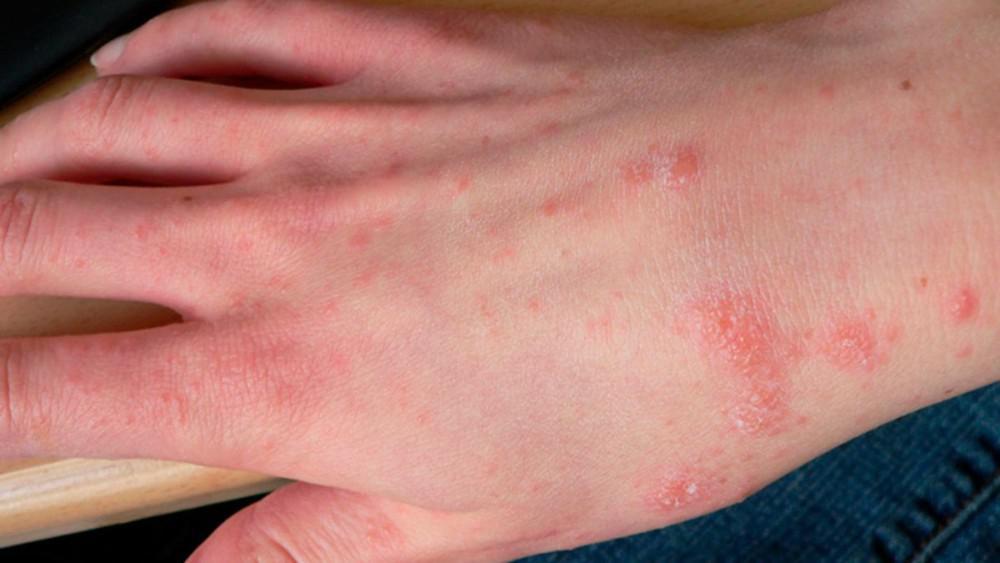SCABIES

What is Scabies?
Scabies is a skin condition that occurs when the skin is infested by the mite Sarcoptes scabiei. The mite infestation causes severe and persistent itching. The itching is often so severe that it interferes with sleeping. The skin examination with scabies is variable, with the skin findings ranging from no visible rash to generalized redness of the skin. In some instances red papules or “burrows” are evident which indicate the site of infestation. Scabies is often found in areas of the body where there are few hair follicles and the top layer of the skin (stratum corneum) is thin. For example, the interdigital webs of the hands, wrists, shaft of penis, elbows, feet, genitalia, buttocks, and axillae are common sites of involvement. Scabies is usually transmitted by close person to person contact, although it can occasionally be transmitted by objects such as clothing and linens.
How is the diagnosis of Scabies confirmed?
Scabies is a clinical diagnosis which is, if possible, confirmed by microscopic examination of a scrapping of a burrow. If a mite, their egg, or mite fecal material is observed a diagnosis of scabies can be definitively made. If none of the diagnostic criteria are observed on microscopic examination, a trial of therapy can be initiated. If clinical improvement follows, this is a way to clinch the diagnosis.
How is Scabies treated?
Individuals with scabies need to be treated for symptom relief and prevention of transmission. Close physical contacts should also be treated at the same time, regardless of whether the contact is symptomatic. Treatment consists of a topical medication, permethrin cream, applied to the entire body or oral medication, Ivermectin. To prevent further spreading and reinfestation of the mite, clothing and linens should be washed and dried or placed in air tight bags for several days.


